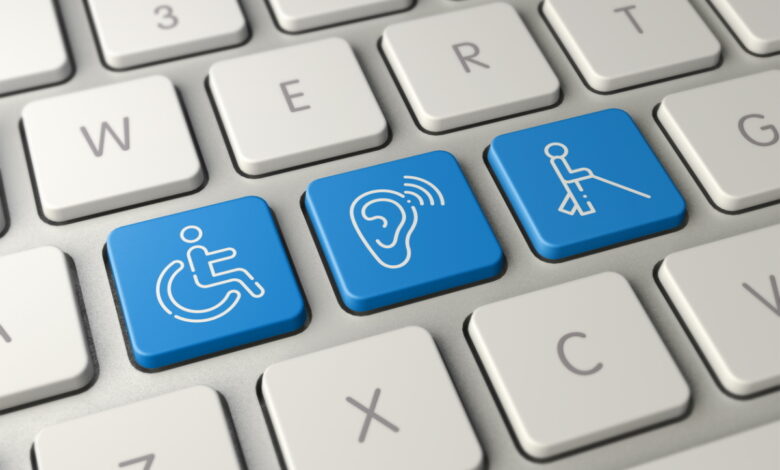The Role of Technology in improving accessibility and Inclusivity

Technology has played a significant role in improving accessibility and inclusivity for people with disabilities. Assistive technologies such as screen readers, speech recognition software, and specialized keyboards have made it easier for people with visual, auditory, or physical impairments to access and use digital content.
Moreover, the advancements in the field of telecommunication and video conferencing have made remote communication and collaboration more accessible to people with disabilities. For instance, video conferencing platforms provide real-time captioning, sign language interpretation, and other accessibility features that help deaf or hard-of-hearing people participate in meetings and discussions.
In addition, technology has enabled the development of smart homes and assistive devices that help people with disabilities to perform daily activities independently. These include smart appliances, automated doors and windows, voice-activated assistants, and wearable devices that monitor health and provide assistance in emergencies.
Finally, technology has also improved accessibility to public spaces and transportation for people with disabilities. Many public buildings, parks, and transportation systems are now designed with accessibility in mind, featuring ramps, elevators, tactile paving, and other accessibility features.
Overall, technology has greatly enhanced accessibility and inclusivity for people with disabilities, providing them with greater independence and opportunities to participate fully in society. However, there is still much work to be done to ensure that technology is accessible to everyone and does not create new barriers or exclude certain groups.
To ensure that technology continues to improve accessibility and inclusivity for all, it’s important to prioritize and invest in research and development of accessibility features and assistive technologies. This means involving people with disabilities in the design and development process to ensure that their needs and perspectives are taken into account.
Furthermore, it’s essential to promote and enforce accessibility standards and guidelines, such as the Web Content Accessibility Guidelines (WCAG), which provide a framework for creating accessible digital content. Companies and organizations should also conduct regular accessibility audits and tests to ensure that their products and services are accessible to all users, including those with disabilities.
Education and training are also crucial in promoting accessibility and inclusivity. People need to be aware of the challenges faced by people with disabilities and how technology can help address those challenges. Moreover, training on how to use assistive technologies can empower people with disabilities to take advantage of the opportunities offered by technology.
Finally, it’s important to recognize that technology is not a one-size-fits-all solution. People with disabilities have diverse needs and preferences, and technology must be flexible enough to accommodate those differences. By prioritizing accessibility and inclusivity in the design and development of technology, we can create a more equitable and inclusive society where everyone has an equal opportunity to participate and succeed.



